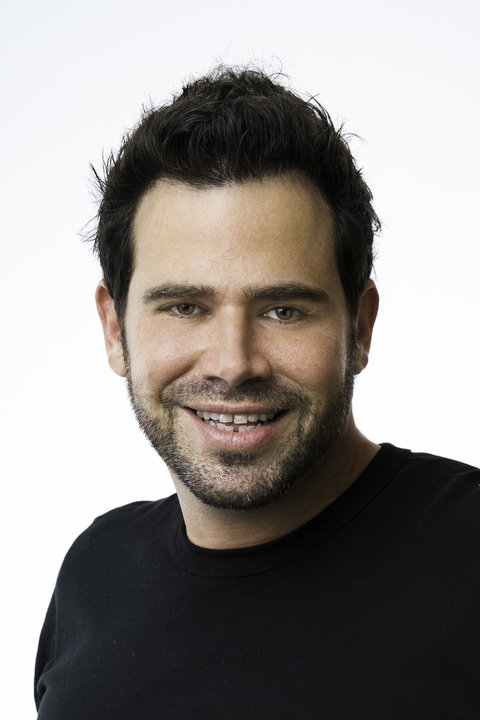
This week, 600 of the world’s leading healthcare professionals are meeting in San Diego to see and hear about what’s next in health and medicine. Hopefully, they will feel it, too, putting the lack of empathy in healthcare under the microscope.
The evidence suggesting we need more empathy isn’t just anecdotal. Numerous surveys show that large percentages of hospitalized patients do not believe their physicians care about them.
There are also studies, like one published in the Journal of Clinical Oncology in 2007, where researchers filmed doctor-patient interactions and found that physicians offered empathetic responses only 22% of the time, while usually overlooking or dismissing the distress communicated by their patients.
This empathy deficiency isn’t just common. It begins early. In one study, the National Institutes of Health looked at research conducted over a 20-year period, discovering that a decline in empathy starts during medical school. It’s especially noticeable during the third year, or precisely when the attention shifts to patient care, as another study found. This is something some schools are now hoping to address by rethinking their curriculum.
RELATED: Patients still need empathy from doctors, nurses
What’s the cause? There’s certainly more than one. It might be the association of emotional detachment with scientific objectivity. Maybe it is systemic. There is an inevitable dehumanizing effect when, because of rising costs, patients become regarded as objects to be counted versus people to be cared for. This leaves physicians, nurses and other caregivers as frustrated as anyone.
What’s most important, however, is why it all matters. Simply put: Empathy leads to better healthcare, as it improves clinical outcomes, according to a study from the Journal of the Association of American Medical Colleges.
Demonstrating empathy leads to fewer malpractice complaints, per a study from the American Journal of Medicine, because it makes patients more likely to adhere to doctors’ orders and better manage their illnesses.
We have also seen some evidence that the opposite might be true, as some U.K. researchers discovered a “nocebo response.” As a study published in the American Journal of Medicine explains, a patient perceives a lack of empathy and it leads to an adverse condition not just emotionally but also physiologically.
No wonder Helen Riess, M.D., an associate professor of psychiatry at Harvard Medical School, says that “improving clinical empathy should be at the forefront of institutional missions.”
But is it enough? Is it enough to remind caregivers that empathy is important or for medical schools to re-emphasize it? Is it enough to assume, as we traditionally have, that empathy is another word for bedside manner? Or can we go further? Can we use technology to disrupt clinical empathy and bring doctors closer to their patients?
As described by Eric Topol, M.D., in his book, “The Patient Will See You Now,” we’ve seen how people use smartphones and other “wearable” technologies to not only access and store data but, with the right sensors, collect it and share it with their doctors in real time. Medicine, treatment and entire healthcare systems are becoming increasingly digitized, personalized and now democratized.
RELATED: Scripps Research Institute launches Fitbit pilot to feed data into NIH precision medicine initiative
Much of this change is patient-driven, since understandably, they want doctors to know what they are feeling. The next transformative step, then, is for doctors and other caregivers using these sensors and virtual reality technology to share not only information but also an actual experience with a patient.
Earlier this year at the South By Southwest conference, an innovator introduced a proof-of-concept technology meant to induce the experience of stuttering. Others are at work developing devices and apparatuses that can simulate migraines or even arthritis—all in the name of obtaining more accurate diagnoses and providing better treatment.
Still, we can go further. For instance, by digitizing and manipulating muscle activity, like a movement disorder patient’s tremor, we can better understand and manage disease.
Not just a simulator but a transmitter. Transmitting not just data, but symptoms that originate from an actual patient. Once we close the loop between data capture and transmission, doctors will be able to literally, and physically, feel symptoms even if they are thousands of miles away from their patients. It’s what we call “tele-empathy,” and it’s a lot closer than you might think.
This week, for the first time, the physicians and scientists at Exponential Medicine are able to try symptom-transference technology and feel a Parkinson’s disease patient’s involuntary muscle activity (tremors) in their arms, as the New York Times reported. They can share the experience of attempting seemingly simple tasks, such as buttoning a shirt or writing their name.
It’s just one example, and the implications of this type of work are far-reaching. Symptom transference is also being explored for other conditions, including chronic obstructive pulmonary disease. As COPD is sometimes referred to as the smoker’s disease, its sufferers often experience a lack of empathy more than almost any other patients. Maybe one day, we can even use the same approach for better understanding psychological disorders.
There are too many dedicated professionals to claim that empathy is missing entirely from healthcare. But we can certainly deploy disruptive technology to find more of it. Because while the Hippocratic oath says “do no harm,” it doesn’t say that doctors should feel no pain.
Rather, that might just be the key to alleviating some of it.
Leerom Segal is the co-founder and CEO of Klick Health, which provides marketing services for healthcare companies.